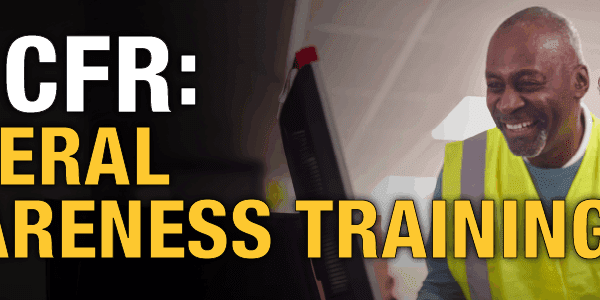
What’s New in IATA’s 13th Edition Battery Shipping Regulations
As battery technologies expand and the demand for safe, compliant air transport grows, the International Air Transport Association (IATA) has released the 13th edition of its Battery Shipping Regulations (BSR), effective 2026. This latest version introduces several key changes designed to enhance safety, improve clarity, and keep pace with new chemistries entering the market.
Here’s what shippers, carriers, and compliance teams need to know.
New Entries for Battery-Powered Vehicles
The 13th edition brings greater clarity to the handling of battery-powered vehicles, including hybrids. New entries in Section 4.2 provide more detailed guidance for classifying and documenting these shipments. For shippers of electric or hybrid vehicles, this means processes must be updated to reflect the new entries and avoid delays at acceptance.
Stricter State of Charge Limits
A significant change affects lithium-ion batteries packed with or in equipment. The maximum allowable state of charge (SoC) has been reduced, requiring most shipments to be offered at no more than 30% of rated capacity. In certain cases, even stricter 25% capacity limits apply unless a State Approval is obtained.
For manufacturers and distributors of consumer electronics, this rule will impact production workflows and pre-shipment testing procedures.
Expanded Guidance on “All Packed in One”
Shipping equipment alongside spare batteries is common, but it also presents compliance challenges. To reduce confusion, the new BSR edition includes expanded examples of packaging, marking, labeling, and documentation for the “All Packed in One” scenario. These visuals and explanations should make it easier for shippers to align their practices with regulatory expectations.
Practical Aide-Mémoire for ELI and ELM Batteries
Another user-friendly addition is a built-in aide-mémoire (checklist guide) for ELI (Energy Limited Item) and ELM (Energy Limited Module) batteries. This checklist-style tool helps shippers confirm compliance before offering cargo to air transport. While optional, integrating this resource into internal workflows can reduce costly shipment rejections.
Digital Classification Tool Expansion
The BSR’s digital classification tool has been upgraded to cover a broader range of chemistries, including the emerging sodium-ion batteries. With battery technology evolving quickly, this expansion helps shippers correctly classify newer products and avoid misinterpretation of requirements.
Safety Data Sheet Definition Added
For the first time, the BSR introduces a formal definition of the Safety Data Sheet (SDS) and provides expanded context on its role in dangerous goods transport. Organizations relying on SDSs must review their documentation to ensure alignment with this new standard.
Why These Updates Matter
Collectively, these changes signal a tightening of standards and a push for greater uniformity in how batteries are shipped by air. For shippers, this means:
- More rigorous acceptance checks by carriers.
- The need to revise workflows around charging, packaging, and labeling.
- Staying ahead of new chemistries like sodium-ion, which are entering the regulatory framework.
- Integrating checklists and digital tools into compliance programs.
Preparing for Compliance
The 13th edition of the BSR is not just a regulatory update, it’s a reminder that battery transport remains one of the most heavily scrutinized areas of dangerous goods shipping. To stay compliant:
- Review your current packaging and labeling procedures against the new examples.
- Audit state of charge practices for lithium-ion batteries.
- Update staff training to cover new vehicle entries and SDS definitions.
- Incorporate the aide-mémoire and classification tool into your compliance checks.
Bottom line: With more detailed guidance and tighter restrictions, the new BSR underscores IATA’s commitment to safety in the fast-changing battery landscape. Companies that proactively align with these updates will minimize disruptions, avoid costly rejections, and maintain smooth global supply chains.
To complement this overview, the International Air Transport Association (IATA) has released an official video highlighting key updates in the 13th Edition of the Battery Shipping Regulations.
IATA’s Overview of the Battery Shipping Regulations
Watch the video below to hear directly from IATA on what’s driving these regulatory changes and how they impact the future of safe battery transport.
Video courtesy of the International Air Transport Association (IATA).
Need Help? We’ve Got You Covered!
If you’re an ICC Compliance Center customer and have questions about these updates, don’t hesitate to reach out to our regulatory helpline. Our Regulatory Experts are here to help you navigate these changes. Contact us for more information. Here’s to keeping your shipments compliant and stress-free!
Stay up to date and sign up for our newsletter!
We have all the products, services and training you need to ensure your staff is properly trained and informed.
 IATA DGR IATA DGR |
 Shipping DG by Air Shipping DG by Air |
 4GV Securepacc 4GV SecurepaccComplete Shipping Kit |





